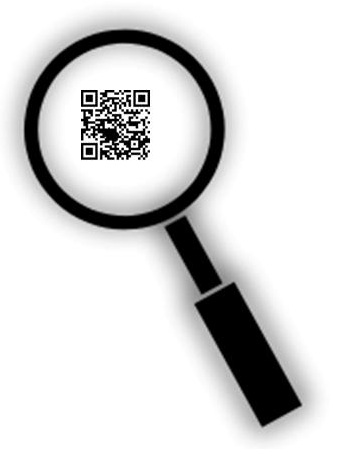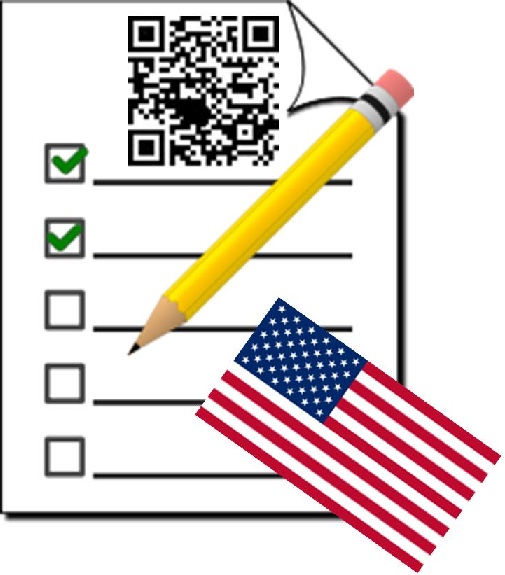 Visulead has just unveiled its brand new technology to fade out the appearance of the standard 2d barcode.
Visulead has just unveiled its brand new technology to fade out the appearance of the standard 2d barcode.
Though marketers have fallen in love with QR codes because of their cost efficiency and the fact that consumers can use them very easily through a regular smartphone, ad and graphic designers have struggled with these black and white squares that aren’t all that appealing to the eye.
A startup company has just released its latest technology to help overcome that issue.
Visulead, a startup based in Israel, has now produced a technology that can “fade” the look of typical QR codes in order to make them more visually likeable in printed marketing materials. The hope is that it will help to grow their popularity even further, and to encourage more people to use them.
This technology from Visulead is still evolving so that nearly invisible QR codes will be more attractive with time.
The standard black and white squares can currently be seen on virtually everything, ranging from product packages to billboards and poster ads. However, these QR codes stand out as blocky and can often not be well suited to the ad that they accompany.
With the new technology from Visulead, the typical appearance of the QR codes can fade out by up to 70 percent. This is the second generation of its design, which is patent pending at the moment. However, the evolution hasn’t stopped there, as the third generation is expected to be released within the next few months. That even newer technology, says the startup, will fade the barcodes even more, until they look like very little more than a box that can be scanned.
The CEO and co-founder of Visulead, Nevo Alva, explained that “We think of our product as the ultimate marriage of QR code and image recognition technologies; essentially, an invisible QR code.” The latest version of the nearly invisible barcode is meant to be used by marketers and advertisers. However, it is still possible for individuals to head to the company’s website and create their own.
The free QR codes do come with an intermediary short landing page before the user is directed to the actual destination of the scan. Small businesses choosing this option can opt to have that middle step removed for a per-code fee.

 American smartphone users are more likely to scan than those in the U.K., France, and Germany.
American smartphone users are more likely to scan than those in the U.K., France, and Germany.